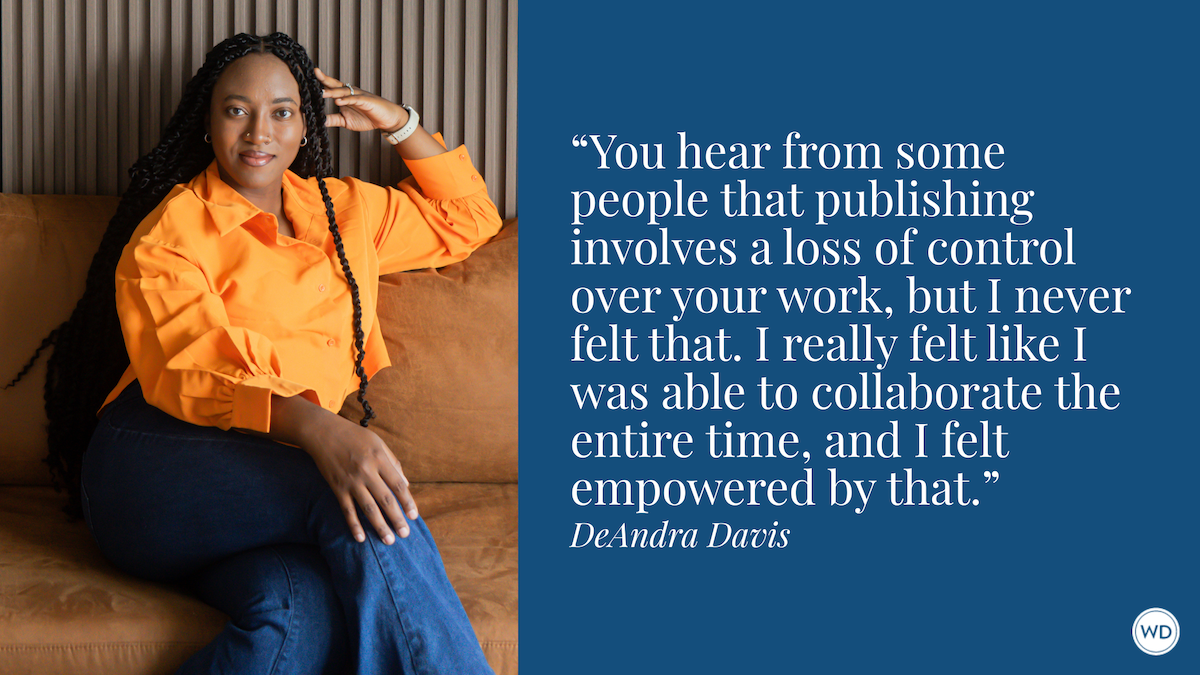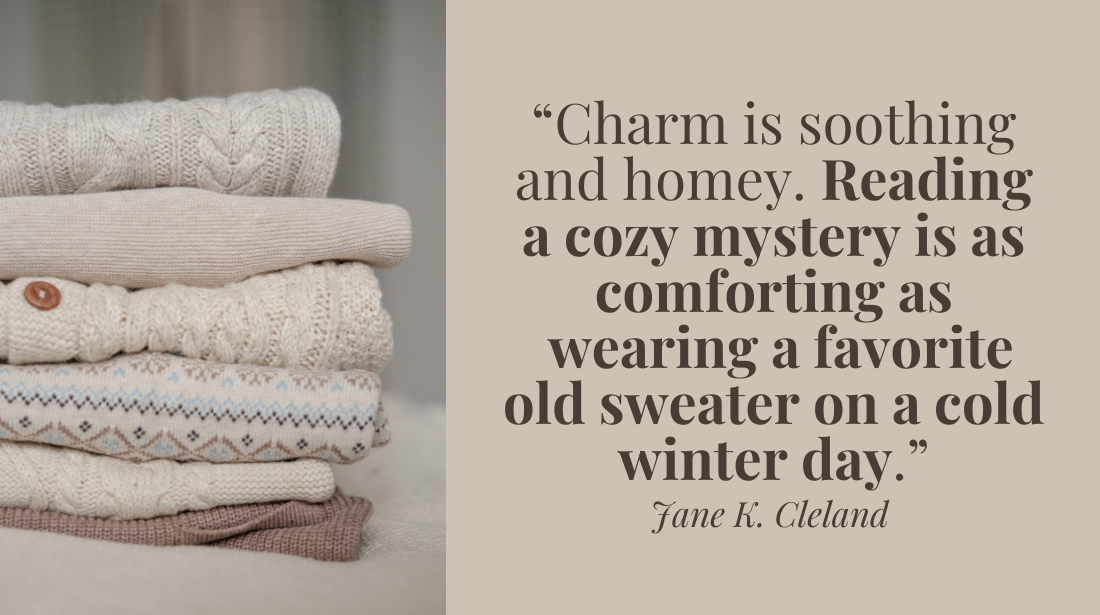4 Advantages of Writing a Novel Using Multiple Narrative Forms
Journal entries, third person, written letters, oh my! There are a myriad of ways to tell your story, and choosing how to move forward can feel daunting. Author Liz Keller Whitehurst shares the 4 advantages of writing a novel using multiple narrative forms.
There’s always more than one way to tell a story. In my novel, Messenger, I use multiple narrative forms: conventional first- and third-person narrative, journal and composition book entries, posts, lists, interview transcripts, letters. You may be surprised to learn that using multiple narrative forms has been a technique of novel writing since the beginning of the genre.
My use of these forms wasn’t planned from the start and developed organically. Pondering the novel in retrospect, I find several advantages I gleaned from using multiple forms that might be helpful as you decide how to structure your novel and to tell your story.
Organic to the Particular Novel
My novel tells the story of Messenger, a mysterious older woman who delivers life-changing messages to seemingly random people all over New York City; and Alana, the young journalist who longs to tell Messenger’s story. The use of multiple narrative forms embodies Alana’s journey as she, a sort of detective, seeks to gather information and first-person accounts, to search for clues. Her goal is to track Messenger down, meet and get to know her, then hopefully unravel her mysterious messages and to determine if this story is the big break that will make Alana’s career.
Being a writer, it’s natural that Alana would keep a journal and would ask Messenger to write down her own thoughts, to explain her process, and to reveal more about herself. The posts Alana receives from people whose lives were changed by Messenger’s messages also works naturally, as do the interview transcripts. And the quick rhythm of switching back and forth between forms mirrors the fast-paced life of one of the other main characters of the novel—New York City.
IndieBound | Amazon
[WD uses affiliate links.]
Character Development
In my novel, the multitude of voices—from Alana, Messenger, the multiple posts, the interview transcripts—add to the development of New York City as a main character. Using multiple narrative forms offers advantages in individual character development, also. Through a character’s journal, a reader can get inside each character’s head, learn more of her thoughts, emotions, backstory, and understand the inner motivation behind her outer action—learning much more than the character will reveal to other characters. This, in turn, creates tension and moves the narrative arc along.
In Messenger we read details in Alana’s journal about her lofty writing ambitions plagued by deep doubts, and how part of her motivation stems from a desire to impress/attract her absent father. Through Messenger’s Composition Book, we learn Messenger’s opinions on a multitude of topics, her delight in the natural world, her love and nurturance of everyone she meets and her surrender to this task she’s been given to help bring about the Clinamen, the swerve that will change everything.
Variety
Variety is the spice of life. Using multiple forms with multiple characters and thus, dividing the novel into shorter sections or bites is a means of addressing readers’ short attention span and the way we tend to read on our computer and phones these days. Just as short stories have seen a new resurgence, these shorter pieces encompass the clarity of that life-changing moment like flash fiction, and can be read in a short period of time and still satisfy.
In my novel, each post from message recipients provides little to no backstory. Most begin at the moment of the Messenger event. All of these responses, some very heartfelt, portray the intensity and significance of an encounter with Messenger, when the person’s life was forever changed because of the message received. A post can be a single paragraph, several paragraphs, or longer. I’m often touched when reading heartfelt posts online from people writing about a personal experience—how honest and raw they can be. That’s how I strived to create the posts Alana receives on her blog.
The editor, publisher, and I had fun choosing just the right fonts for each of the narrative forms, so that Alana’s Journal, Messenger’s Composition Book, the posts, and the traditional narrative chapters each had its own particular font to distinguish them from one another. Using different fonts makes the book more visually appealing and easier to follow as it shifts forms.
Dramatic Irony
I love it when I, the reader, know more than the characters I’m reading about. It’s delicious, builds tension, and moves the dramatic arc along with verve. Creating dramatic irony is another plus of using multiple narrative forms.
In my novel, I wanted the reader to know much more about Messenger and the Watchers than Alana has any idea of, both through the action but also through what Messenger reveals in Messenger’s Composition Book. Through Messenger’s entries, the reader gets a glimpse of the greater aim behind Messenger and Alana’s journey together, far beyond the book Alana thinks she’s writing. The reader also learns, through what Alana reveals in her journal, when she disobeys Messenger’s orders and posts her website, creating disastrous results.
Writer Beware
Of course, writing using alternate forms is quite different than writing a straightforward narrative and requires a different voice. For example, people usually don’t write in complete sentences in their journals. Alana and Messenger include sentence fragments, single words, even lists (Places to Find Messenger or 11 Things People Seldom Say But Should). Each of the posts come from different characters and therefore each has a very different voice. These contrasts from a traditional narrator or even a first-person voice spark the reader’s curiosity and also serve to create the variety discussed earlier.
Try It
Try writing a journal entry or email from your main character. What is revealed? It’s a great way to get into your characters’ heads and to practice your writing versatility—even as a writing warm-up. If, in the end, you decide to write more conventionally, I bet experimenting with alternate forms will provide insights that may not have surfaced otherwise. Who knows? You might end up loving what you’ve created and writing a whole novel using multiple narrative forms—as I did in Messenger.
Liz Keller Whitehurst is the author of her debut novel, Messenger, and author/creator of the serial podcast MESSENGER: A NOVEL IN 16 EPISODES, which she launched in 2020. Her short stories have appeared in many literary magazines and journals, including Gargoyle, The Portland Review, Five Fingers Review and Nimrod International Journal. She was a finalist in Nimrod International Journal’s Short Story Competition. She earned master's degree in English from The University of Virginia. In addition to fiction writing, Liz has spent her professional life writing and teaching. She’s done corporate, non-profit, and freelance writing, and has taught English and writing at Virginia Commonwealth University, University of Richmond, and J. Sargeant Reynolds Community College. Her last teaching post was co-leading a memoir writing class at the city jail. Though born in Ohio, Liz grew up in Winchester, Virginia and has lived her adult life in Richmond, Virginia. She shares her current 1891 home, located in one of Richmond’s oldest neighborhoods, with her husband. Her second-floor writing desk overlooks the James River. Find her at her website lizkellerwhitehurst.com, and follow her on Instagram and Facebook.








